What Are Business Intelligence Solutions for Home Furnishings Retail?
A Business Intelligence Suite is a strategic portion of your technology solution. BI tools take the seemingly infinite amount of data your organization generates and organizes, refines, and summarizes relevant detail into valuable reports, interactive visualizations, and dashboards. Real-time Business Intelligence solutions do the hard work of analyzing and presenting data to your user in actionable formats so you can stay ahead of trends and make key decisions with detailed insights for your home furnishings business.


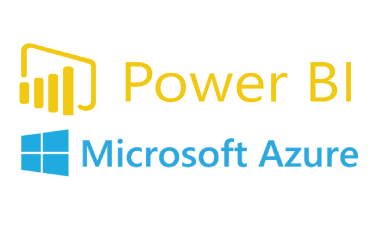
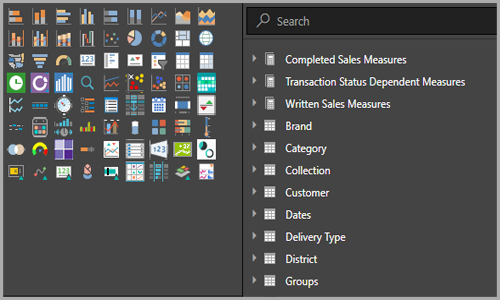
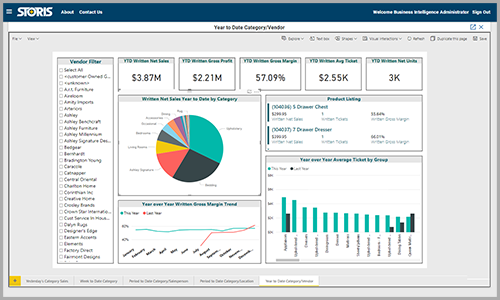

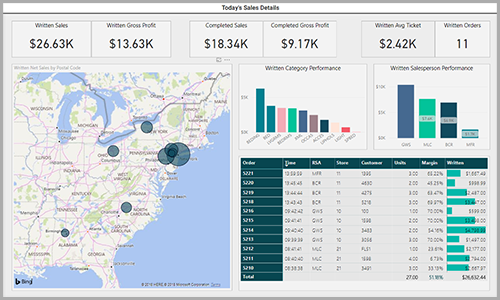



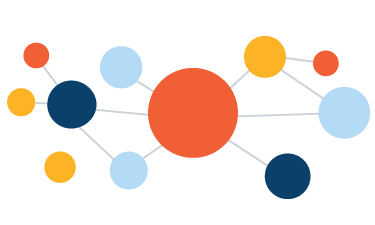






 When you choose , you get more than an industry-trusted retail software solution. You get the know-how of our team of experts, superior service, and opportunities for growth. Use the form below to learn what can do for you.
When you choose , you get more than an industry-trusted retail software solution. You get the know-how of our team of experts, superior service, and opportunities for growth. Use the form below to learn what can do for you.